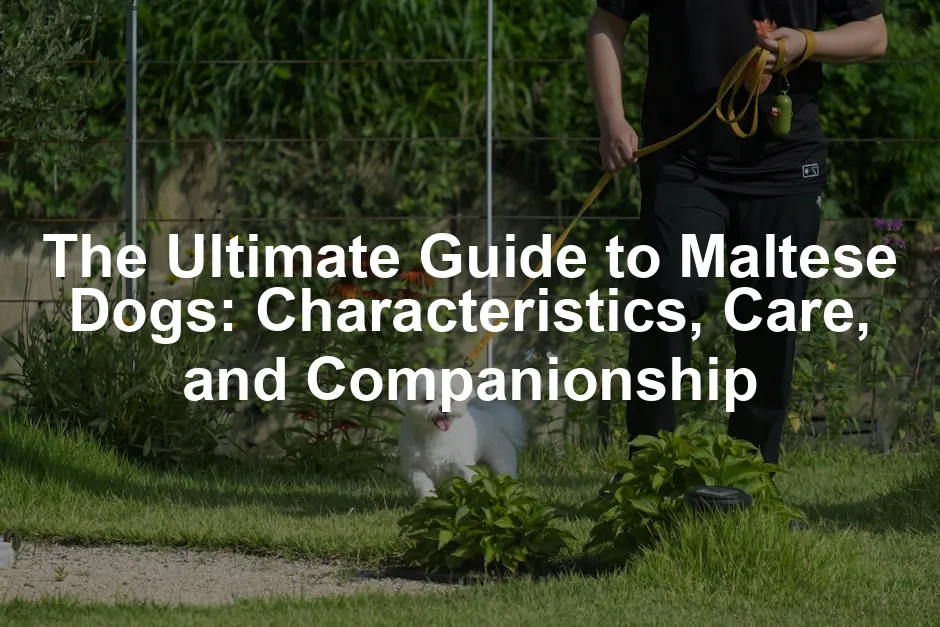Introduction
In a world filled with large breeds and fierce personalities, the Maltese dog stands out like a tiny, fluffy beacon of joy. With its luxurious coat and charming demeanor, this breed not only captures hearts but also makes for an exceptional companion. Originating from the sun-kissed shores of Malta, these small but mighty canines are renowned for their affectionate nature and striking appearance. Whether you’re contemplating adding a Maltese to your family or simply wish to learn more about this delightful breed, you’ve come to the right place!
The Maltese is often referred to as “Ye Ancient Dogge of Malta.” This breed has a rich history, dating back to ancient Mediterranean civilizations, where they were cherished companions. Today, they remain popular due to their playful spirits and loving personalities. They thrive on companionship, making them perfect for families, singles, and seniors alike.
But let’s not forget their looks! Maltese dogs are a sight to behold. Their long, flowing white coats and dark, expressive eyes give them a regal appearance. Despite being small, they carry themselves with confidence, charming everyone around them. If you’re keen on keeping that luxurious coat in top shape, consider investing in a Dog Grooming Brush Set. It’s essential for keeping their coat tangle-free and fabulous!
In this comprehensive guide, we’ll explore everything from their rich history to grooming tips, ensuring you’re well-equipped to care for your Maltese friend. You’ll learn about their unique physical traits, lovable temperament, and essential care needs. By the end, you’ll understand why Maltese dogs are adored worldwide and how to provide the best life for your new furry family member. Get ready to dive into the delightful world of Maltese dogs!
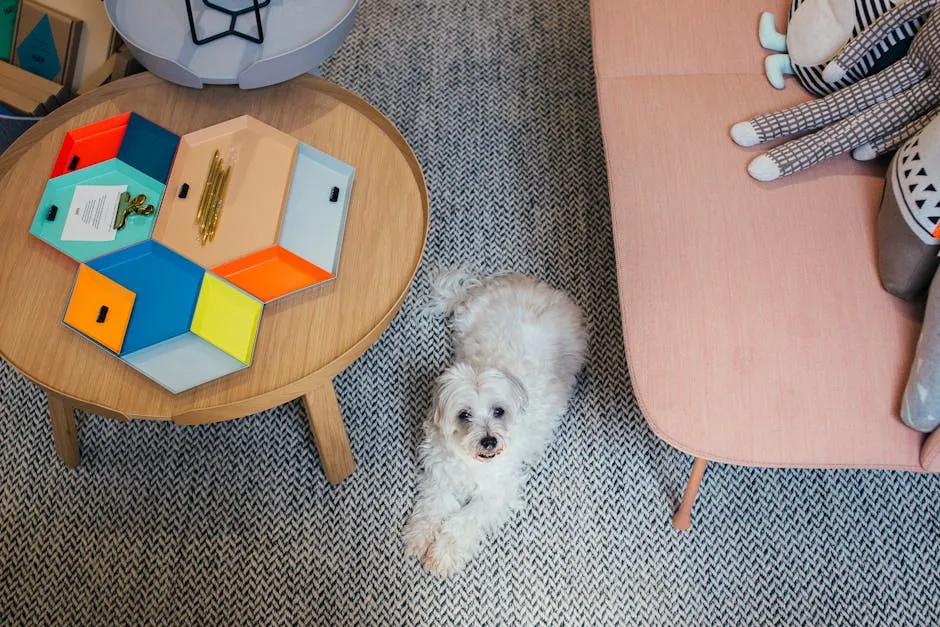
Summary
The Maltese dog is a small breed with a big personality, known for its affectionate nature and stunning appearance. This guide will cover the following key points:
- Breed Overview: Learn about the Maltese’s origins, physical characteristics, and typical lifespan.
- Historical Significance: Discover the breed’s fascinating history, dating back to ancient Mediterranean civilizations.
- Physical Traits: Dive into the distinct appearance of Maltese dogs, including their size, weight, and coat type.
- Temperament: Understand the Maltese’s personality traits that make it an ideal family pet.
- Training Techniques: Get tips on how to train and socialize your Maltese effectively.
- Care Requirements: Explore grooming, exercise, and dietary needs essential for a healthy Maltese.
- Health Considerations: Be aware of common health issues to watch for in this breed.
- Choosing a Maltese Puppy: Find out how to select the right puppy and reputable breeders.
- Cost of Ownership: Understand the financial commitment involved in bringing a Maltese into your home.
- Final Thoughts: Reflect on the joys and responsibilities of raising a Maltese dog.
By the end of this guide, you will have a deeper understanding of what it means to share your life with a Maltese dog.
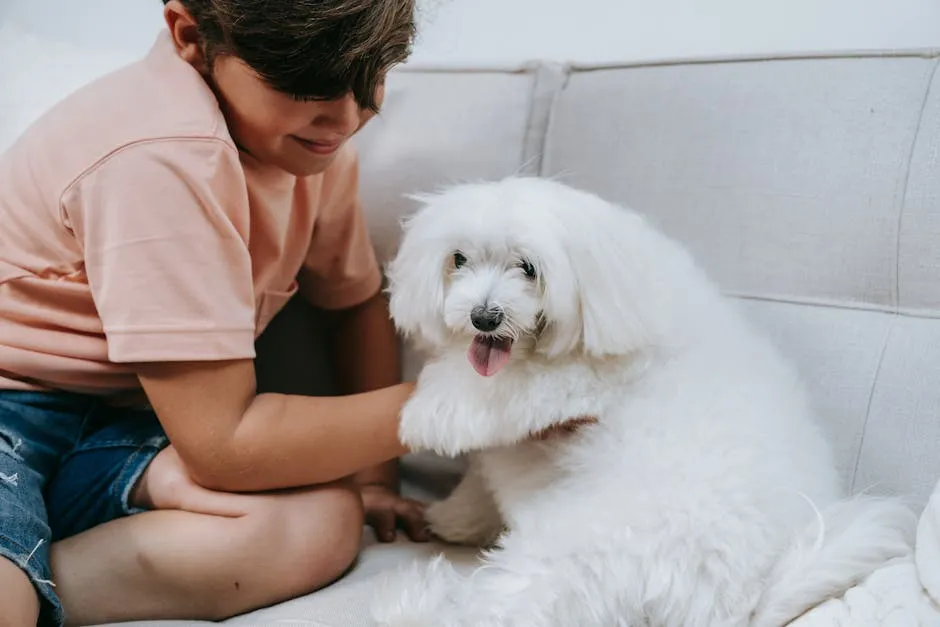
Maltese Dog Overview
The Maltese dog is a tiny treasure, often weighing between 4 to 7 pounds and standing 7 to 9 inches tall. This small toy breed is famous for its elegant, flowing white coat, which is often the envy of every doggie fashionista. The coat can sometimes show light ivory shades, but pure white is the hallmark of this breed.
These pint-sized pups are adaptable and thrive in various living environments. Whether you live in a cozy apartment or a spacious house, a Maltese will easily find its place. They are the ultimate lap warmer, making them perfect companions for people of all ages. Consider a Dog Bed for Small Breeds to give them the perfect cozy spot to curl up and snooze.
With a lifespan of 12 to 14 years, Maltese dogs form long-lasting bonds with their owners. They require moderate exercise, typically needing around 20 to 30 minutes of play or walk each day. Don’t be fooled by their size; they have enough energy to keep you entertained!
Grooming is essential for the Maltese. Their luxurious coats require daily brushing to prevent tangles and matting. Regular grooming ensures they look their best and feel comfortable. Keeping their eyes clean is also crucial, as tear stains can be an issue if not addressed. For this, you might want to grab some Pet Wipes for Tear Stains to keep those eyes sparkling!
In summary, the Maltese dog is a delightful mix of charm, adaptability, and love. With the right care, they make wonderful companions that bring joy and laughter to any home.
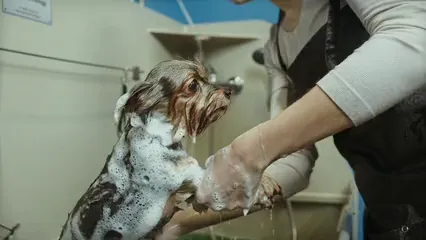
Key Points – Maltese at a Glance
- Lifespan: 12-14 years
- Size: Small/Toy Breed
- Weight: 4-7 lbs
- Height: 7-9 inches
- Coat Color: Primarily white; light ivory permissible
- Home Size: Adaptable to any, ideal for apartments
- Exercise Needs: Moderate, 20-30 minutes daily
- Grooming: Daily brushing required

The Rich History of Maltese Dogs
The Maltese dog boasts a captivating history that dates back to ancient times. Originating from the Mediterranean island of Malta, these little dogs were cherished by the Phoenicians, who played a vital role in their development. These seafaring traders likely brought the breed to Malta around 1000 BCE, where they were bred primarily as companions.
As history unfolded, the Maltese gained popularity in various cultures. The ancient Greeks celebrated them, featuring them in art and literature. The Romans took a liking to these elegant pups, using them as symbols of wealth and status. Maltese dogs were often found in the laps of wealthy Roman women, and their affectionate nature made them highly sought after.
However, the breed faced challenges during the Dark Ages. The Maltese nearly faced extinction, but thanks to dedicated Chinese breeders, the breed was preserved and eventually reintroduced to Europe. By the 19th century, Maltese dogs were back in vogue, making a grand entrance at dog shows, including the prestigious Westminster Kennel Club show in 1877.
Throughout history, the Maltese has remained a symbol of companionship and love. Their adorable looks and charming personalities have earned them a place in the hearts of dog lovers worldwide. Today, they continue to thrive as beloved family pets, showcasing their rich heritage and timeless appeal.

Physical Characteristics of the Maltese
Appearance
The Maltese dog is an absolute charmer with its compact frame and stunning coat. Standing between 7 to 9 inches tall, these little furballs pack a lot of personality into their tiny bodies. Weighing in at a delightful 4 to 7 pounds, they are light enough to carry in a tote bag, yet sturdy enough to frolic around the house.
One of the most striking features of the Maltese is its long, flowing white coat. This gorgeous fur does require some commitment to keep it looking fabulous. Daily brushing is essential to prevent tangles and mats. Imagine a soft, silky curtain of snow cascading down their back—it’s a sight that can make anyone swoon! Though most Maltese are pure white, some may show hints of light ivory, adding a subtle touch of uniqueness.
Their distinct features include large, dark eyes that sparkle with mischief and a short, flat muzzle that gives them an adorable, almost human-like expression. The combination of these characteristics makes them look like little fluffy clouds with personality plus!
When it comes to size variations, male Maltese dogs typically stand a bit taller than females, averaging around 8.5 to 10 inches, while females are usually between 7.5 to 9 inches. This slight difference in height is complemented by their overall appearance, as males tend to be slightly more robust than their female counterparts.
Overall, the Maltese is a breed that leaves a lasting impression. With their elegant looks and captivating presence, it’s no wonder they’re often seen as the canine royalty of the dog world.
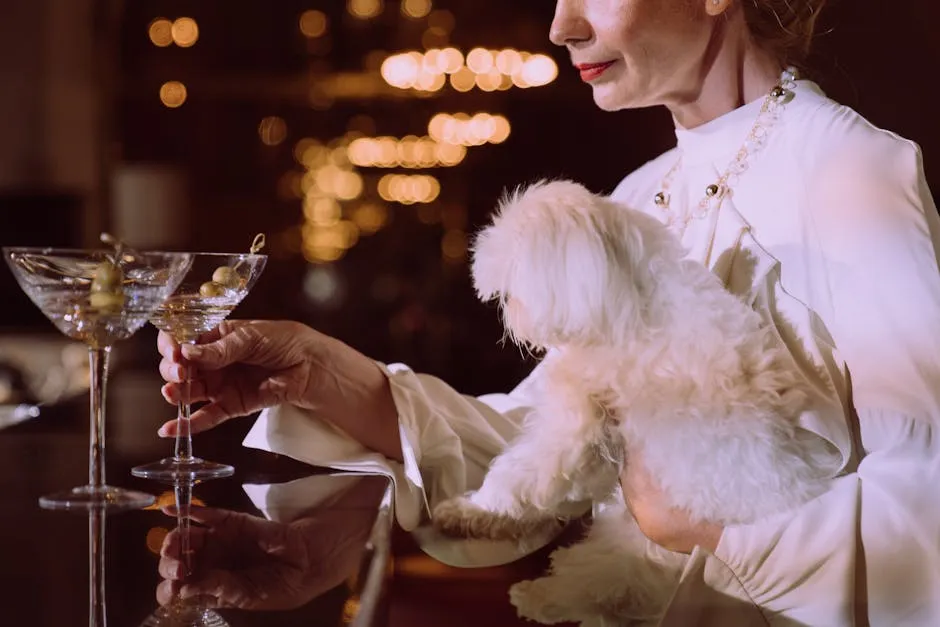
Temperament and Personality Traits
Affectionate Companions
Maltese dogs are the epitome of affection wrapped in a tiny package. Known for their friendly and sociable nature, they thrive on human interaction. These little pups have a knack for making everyone feel special. When you come home, expect a warm welcome full of tail wags and enthusiastic barks. They are true family dogs, loving to be involved in every gathering and event.
Adaptability is another strong suit of the Maltese. Whether you live in a bustling household with kids and other pets or in a quiet apartment, these dogs adjust beautifully. They are playful and gentle, making them excellent companions for children who know how to treat them kindly. With the right introductions, Maltese can live harmoniously with other pets, forming bonds that are nothing short of heartwarming.
Not to be overlooked, Maltese dogs also possess a keen sense of their surroundings. Their small stature doesn’t hinder their natural instincts as watchdogs. They are always alert and will happily bark at anything they find suspicious. This makes them excellent little guardians, ready to protect their loved ones, even if they might be more bark than bite!
In summary, the Maltese is an affectionate companion that will delight your heart and home. Their friendliness, adaptability, and protective nature make them a fantastic addition to any family. With a Maltese by your side, you’re guaranteed a life filled with love, laughter, and plenty of cuddles.

Training and Socialization
Effective Training Strategies
Training your Maltese dog should be a fun and rewarding experience! Start with positive reinforcement. Treats, praise, and belly rubs work wonders. Consistency is key. Use the same commands and cues. Keep training sessions short, about 10 to 15 minutes, to hold their attention. Maltese dogs are smart; they catch on quickly, but they can also be a bit stubborn.
Socialization is just as vital. Introduce your Maltese to new experiences, people, and pets. Early exposure helps them develop confidence and adaptability. Take them to puppy classes or dog parks. This way, they learn how to interact with other dogs and people in a safe environment.
House training can be a bit tricky. Maltese dogs are small, and their bladders are too! Accidents happen, so be patient. Establish a routine; take them outside frequently, especially after meals or naps. Praise them when they do their business outside. Consistency and encouragement will lead to success.
If you find house training particularly challenging, consider using puppy pads indoors. They can provide a temporary solution while your Maltese learns. Remember, patience is your best friend in this process. With time and love, your Maltese will become a well-trained companion. To keep training fun and engaging, you might want to try Dog Training Treats that are tasty and motivate them to learn!

Comprehensive Care Guide
Grooming Needs
Keeping your Maltese looking fabulous requires regular grooming. Their long, silky coat demands daily brushing to prevent tangles and mats. A slicker brush is ideal for this fluffy task. Bathing should happen every three weeks or so. Use a gentle dog shampoo to avoid irritating their skin. For sensitive skin, I recommend a Dog Shampoo for Sensitive Skin to keep their coat in top shape without irritation.
Maltese dogs are prone to tear stains, so cleaning around their eyes is essential. A damp cloth or specialized pet wipes work well. Don’t forget their ears! Regular checks and cleanings will help prevent infections. Use a cotton ball with vet-approved ear cleaner when needed.
Dental health is crucial too! Small breeds like the Maltese are prone to dental issues. Brush their teeth regularly with dog-friendly toothpaste. Providing dental chews can also promote healthy teeth and gums. A great option is Dog Dental Chews that help keep their teeth clean and healthy!
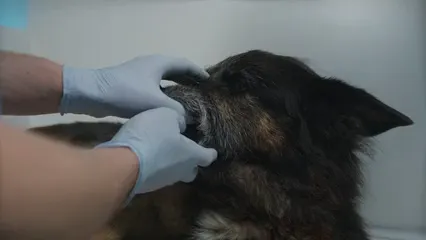
Exercise Requirements
Maltese dogs need moderate exercise to stay healthy and happy. Aim for at least 20 to 30 minutes of activity daily. Short walks or play sessions in the yard are perfect. These little pups love to explore, sniff, and play fetch. Consider an Interactive Dog Puzzle Toy to keep their minds sharp while they play!
Interactive toys can keep them engaged and mentally stimulated. Puzzle toys are great for challenging their minds. Remember, they may be small, but they have plenty of energy!

Nutritional Needs
A balanced diet is essential for your Maltese’s health. Choose high-quality dog food formulated for small breeds. Look for options that cater to different life stages—puppy, adult, and senior. Puppies need extra nutrients for growth, while seniors may require lower calories. Consider trying some Small Breed Dog Food to ensure they get the right nutrients!
Portion control is vital. Overfeeding can lead to obesity, which can cause health issues. Consult your veterinarian for specific dietary recommendations based on your Maltese’s age, weight, and activity level.
Healthy treats can be a delightful addition, but moderation is key. Look for low-calorie options to avoid overindulging. With the right care, your Maltese will thrive and be a happy, healthy companion!
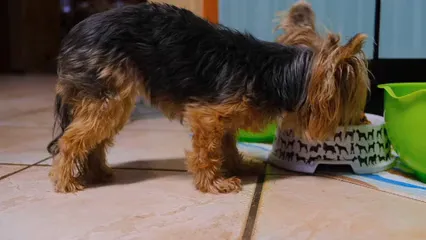
Health Concerns and Management
Common Health Issues
Maltese dogs are charming little companions, but they come with some health quirks. One of the most common issues is dental problems. Due to their small mouths, Maltese often suffer from overcrowding, leading to tooth decay and gum disease. To keep their pearly whites shining, regular dental care is vital. Brush their teeth several times a week, and consider dental chews to help combat tartar buildup.
Another health concern is luxating patella, which occurs when the kneecap slips out of its groove. This can lead to discomfort and limping. Look for signs like skipping or holding up a leg while walking. If you suspect your pup has this issue, consult your vet for guidance. Early intervention can make a world of difference.
Maltese dogs are also prone to heart conditions, particularly mitral valve disease. This condition can be sneaky, as it often develops slowly. Regular vet check-ups are essential to catch any signs early. Keep an eye out for symptoms like coughing or fatigue during playtime. Your vet can recommend the best course of action, which may include medication or lifestyle adjustments.
Hypoglycemia, or low blood sugar, is another concern, especially for younger Maltese puppies. Symptoms can include lethargy, confusion, or even seizures. To prevent this, ensure your puppy has access to food at regular intervals. If you notice any concerning symptoms, don’t hesitate to reach out to your veterinarian.
Lastly, the Maltese can suffer from White Shaker Syndrome, a neurological disorder that leads to tremors. This condition is more common in younger dogs and can be alarming for pet owners. If you notice your Maltese shaking uncontrollably, seek veterinary care promptly.
To manage these health issues effectively, regular vet check-ups are crucial. Keep a close eye on your Maltese’s behavior and look for any changes. A proactive approach and early detection can lead to better outcomes, ensuring your furry friend lives a happy, healthy life.
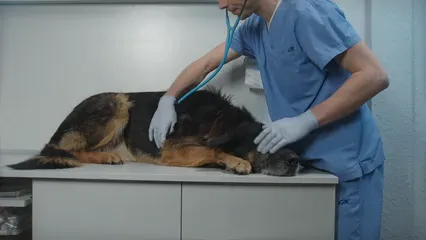
Choosing the Right Maltese Puppy
Selecting a Reputable Breeder
When it comes to finding your perfect Maltese puppy, start by searching for a reputable breeder. A responsible breeder prioritizes the health and temperament of their dogs. Ask for health clearances to ensure the puppy’s parents have been screened for common genetic issues. This can save you a lot of heartache (and vet bills) down the line.
Don’t be shy—ask questions! Inquire about the puppy’s lineage, socialization practices, and any health concerns. A good breeder will be open and transparent, eager to share their knowledge with you. Also, observe the puppy’s environment. It should be clean, safe, and full of love. Healthy puppies are typically energetic, curious, and confident.
Watching how the puppy interacts with its littermates can provide valuable insights. Look for a puppy that shows curiosity and playfulness, as these traits often indicate a well-adjusted dog. On the flip side, overly shy or aggressive behaviors may signal underlying issues.
Lastly, don’t overlook the importance of health clearances. A reputable breeder should provide documentation proving that the puppy has been checked for common health problems. This will give you peace of mind as you welcome your new furry family member into your home.
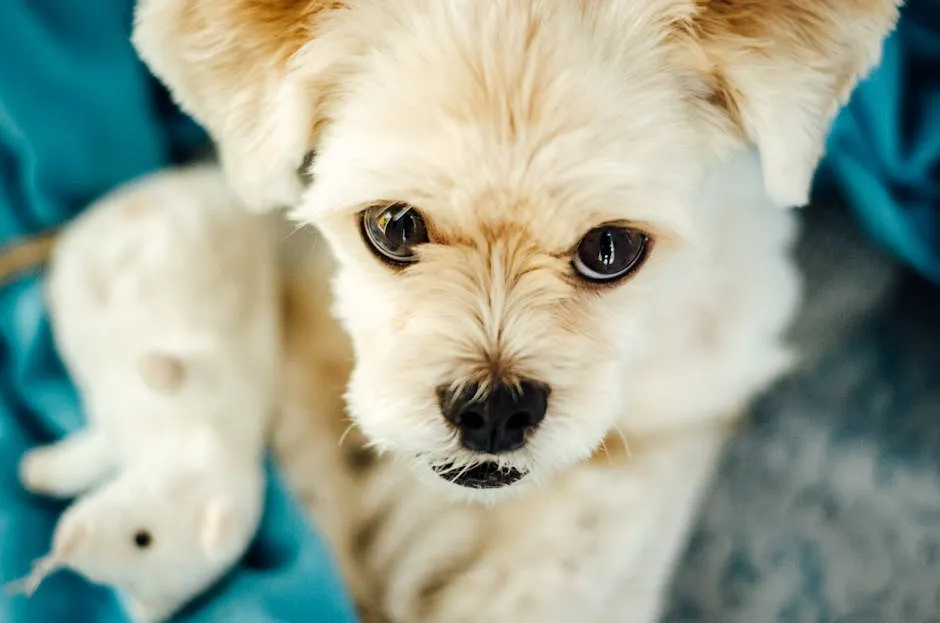
Cost of Owning a Maltese
Financial Considerations
Bringing a Maltese puppy into your life is a delightful decision, but it comes with financial responsibilities. The initial cost of purchasing a Maltese puppy can range from $600 to $2,000, depending on the breeder and the puppy’s lineage. However, the expenses don’t end there, so let’s break down the ongoing costs.
First, food should be a primary consideration. High-quality dog food specifically formulated for small breeds is essential for their health. Expect to spend around $30 to $60 per month on food, considering their specific dietary needs.
Next up, grooming! Maltese dogs have luxurious coats that require regular maintenance. Depending on your grooming choices, budget for anywhere from $50 to $100 monthly for professional grooming services. If you choose to groom at home, invest in good brushes and shampoos, which will cost you around $50 to $100 upfront. Don’t forget to check out Pet Grooming Gloves that make brushing a breeze!
Routine veterinary visits are a must. Regular check-ups, vaccinations, and preventative care can add up, typically ranging from $200 to $400 annually. Don’t forget about pet insurance! While it’s an extra monthly expense, it can save you a fortune in unexpected vet bills.
Finally, consider the costs of training, supplies, and any pet-related expenses that may arise. Toys, bedding, and other essentials may set you back an additional $50 to $100 initially, with ongoing costs for replacement items. Consider a Dog Toy Basket to keep all their toys organized and tidy!
By budgeting wisely, you can provide your Maltese with the love and care it deserves, ensuring a happy, healthy life together.
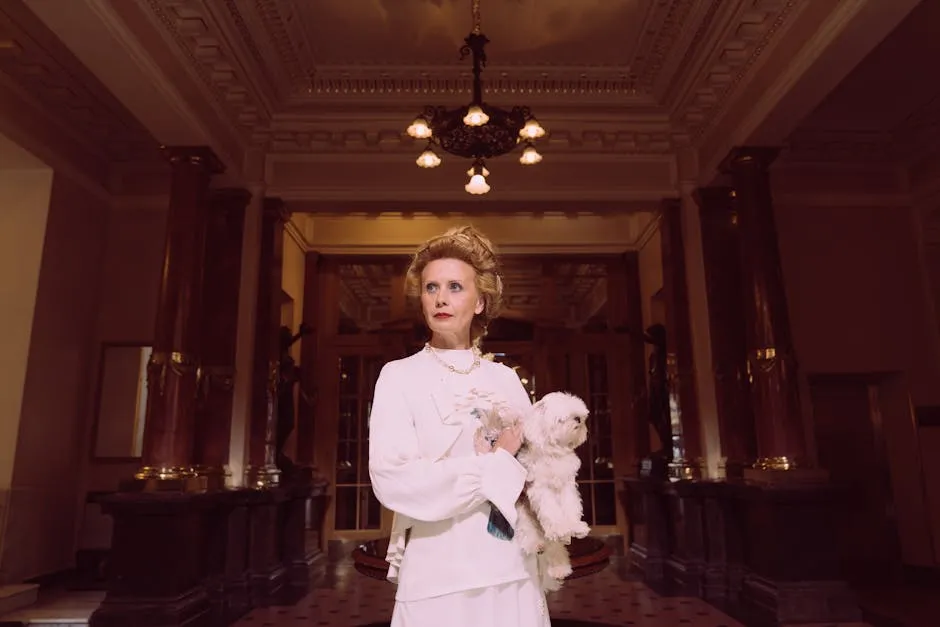
If you’re interested in learning more about the characteristics and behavior of the Maltese dog, you can find additional insights in our article on Maltese dog.
Please let us know what you think about our content by leaving a comment down below!
Thank you for reading till here 🙂
All images from Pexels

